If you’ve ever wondered why the smallest dog seems to act out the most, you’re not alone.
It starts off cute. A yappy bark here. A dramatic flounce there.
But somewhere between the shredded tissue in the hallway and the barking marathon at the front door, things feel… out of control.
You try to laugh it off, but deep down, it’s frustrating. Sometimes even humiliating. How can something that weighs less than your purse have this much power over your day?
You think, “Maybe I’m doing something wrong.”
Then you start overcompensating—more treats, more cuddles, more guilt. Still, nothing really changes. And then comes the whisper in your mind: “Maybe my dog’s just spoiled.”
But it doesn’t sit right. Because you love that little furball more than anything. You just want to understand what’s going on—and how to make it better.
This isn’t about harsh training methods or blaming you for being too soft. It’s about clarity. It’s about what’s actually going on inside that tiny head… and what actually works to bring peace back to both of you.
You don’t need a stricter schedule or a louder voice. You need better insight—and some smart, doable tools.
Let’s break it down together.
The Toy Dog Brain: Understanding What Drives Their Behavior
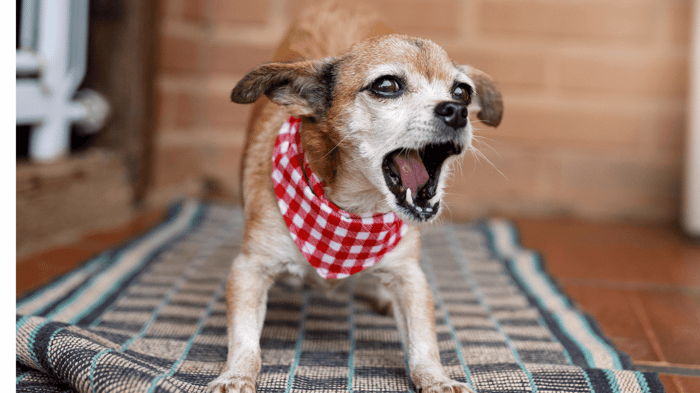
Picture living in a world where everything towers over you. Feet stomp like thunder. Hands come out of nowhere. Doors swing open with the force of a hurricane.
For toy breeds, that’s daily life. Their world is full of sensory overload. And it’s no surprise that what looks like “acting out” is often just their way of staying afloat.
These little dogs aren’t stubborn or spoiled—they’re alert, reactive, and wired for survival. Many were bred to be watchdogs, lap companions, or even vermin hunters. Yes, even that 4-pound fluffball snoring on your couch may be a descendant of a feisty working line. That breeding shaped their instincts.
So when your tiny pup barks at the delivery guy or growls when someone reaches for her toy, she’s not being “bad.” She’s being protective. When she nips at an unexpected touch, she’s saying, “Hey, that startled me.”
What might look like misbehavior is often your dog trying to manage her environment.
Some examples:
- Barking nonstop at noises → She’s overwhelmed and trying to control the chaos.
- Snapping at a child’s hand → She wasn’t ready and felt threatened.
- Growling when picked up → She didn’t have a choice—and she knows it.
Think of barking, growling, or hiding as communication tools. They’re not rebellion—they’re signals. Signals that are often ignored or punished too quickly.
Instead of jumping to harsh discipline, pause. Ask yourself, “What’s she trying to tell me?” A well-designed tiny training collar for small dogs—used with care and intention—can be part of a positive plan, not a punishment. When paired with understanding and consistency, the best small shock collar becomes a gentle guide, not a shortcut.
Understanding her brain is the first step to helping her feel safe. Once she feels safe, everything starts to shift.
Your fur baby isn’t broken. She’s just overwhelmed—and doing her best.
Mistaken for Spoiled: Why Misbehavior Isn’t Always What It Seems
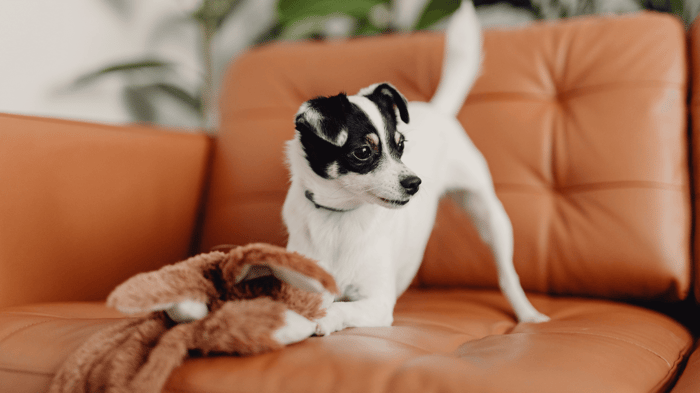 “She’s just spoiled.”
“She’s just spoiled.”
It rolls off the tongue like a diagnosis. But what if that label misses the mark?
In reality, many behaviors blamed on “spoiling” are actually stress responses. Not entitlement. Not manipulation. Stress.
Yes, even if she sleeps in your bed. Even if you carry her in a sling. Even if she’s never been left alone for more than ten minutes.
We treat toy dogs differently because of their size—and for good reason. The world is dangerous when you weigh less than a cantaloupe. But overprotecting tiny dogs often backfires. It strips away their independence. It can even make them feel trapped in their own fur.
Here’s how that plays out:
1. Being carried constantly
→ No chance to explore or retreat = no control.
2. Sleeping pressed against you every night
→ Zero distance = no space to self-soothe.
3. Being supervised 24/7
→ Never alone = no chance to learn resilience.
This doesn’t mean you shouldn’t snuggle your pup or keep her close. It means you also need to give her space to be a dog. Tiny, yes. But still a dog.
The so-called “small dog syndrome”? It’s not a syndrome. It’s usually a canine with no outlets, no choices, and no idea how to self-regulate. That’s not bad behavior. That’s a nervous system on high alert.
So before blaming her for being pampered, ask: Has she ever had the chance to feel confident on her own? That answer changes everything.
The Most Common Behavioral Issues in Toy Breeds
Tools like the best small shock collar or a thoughtfully designed tiny training collar for small dogs can play a positive role in behavior training—especially when used alongside consistency, structure, and emotional understanding. For many toy breeds, behavioral issues aren’t about dominance—they’re about discomfort, overstimulation, or not knowing what’s expected.
Let’s break down the most common issues—the ones that leave people whispering “I love her, but I don’t know what to do anymore.”
Separation Anxiety
- What it looks like: Desperate barking, pacing, destructive chewing, accidents indoors—even if just gone five minutes.
- Why it happens: Toy breeds often imprint intensely. When their person disappears, it feels like the world stops spinning. They’re not trying to punish you—they’re panicking.
Barking
- What it looks like: Siren-level alert every time the doorbell rings, a leaf blows, or your sock moves.
- Why it happens: Not for attention—though it might look that way. It’s usually fear, vigilance, or a habit accidentally reinforced. Dogs bark, you react. Pattern locked.
- Pro tip: Try teaching a quiet cue before you need it—reward silence the way you’d reward a trick.
Nipping or Snapping
- What it looks like: A flash of teeth when touched unexpectedly, especially on the face or paws.
- Why it happens: It’s not aggression. It’s defensiveness. Many tiny dogs are picked up, patted, or grabbed without warning—imagine living in a world where hands fall from the sky.
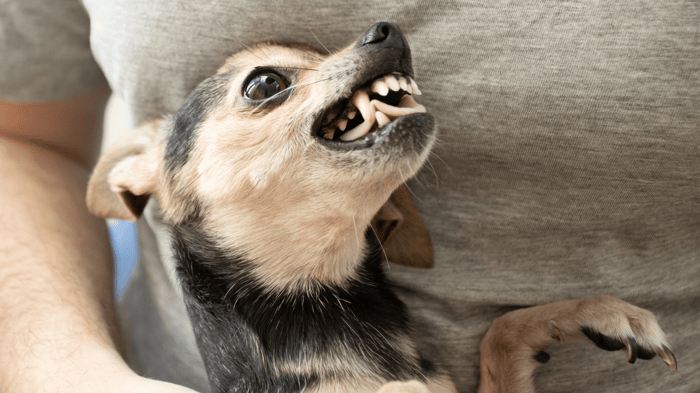 Resource Guarding
Resource Guarding
- What it looks like: Growling near food bowls, snapping over a favorite toy, hiding under furniture with “treasures.”
- Why it happens: When a canine doesn’t feel safe, she clings tighter to what’s hers. Toy breeds are handled so much they often feel like nothing is truly theirs.
Potty Issues
- What it looks like: Pee pads ignored. Accidents near the door. Random puddles after a walk.
- Why it happens: Tiny bladders, inconsistent schedules, and too much freedom too soon. House-training a 4-pound pup isn’t the same as training a Lab.
Understanding what’s really going on makes behavior feel a lot less personal—and a whole lot more fixable.
What Actually Works: Fixes That Respect Their Size & Mind
You don’t need to be louder. You don’t need to be tougher. What you need is a shift—a quieter, smarter, more empathetic approach that respects how your little dog’s brain actually works. Small dogs respond best to clarity, not force—and when you meet them where they are, everything starts to change.
Small dogs aren’t broken big dogs. Their size changes everything, including how they interpret the world. But their behavior can still change—when you meet them where they are.
Here’s what actually works:
- Structure Feels Like Safety. Tiny dogs thrive on predictability. Feeding times, potty breaks, walks, downtime—keep it regular. Chaos outside gets easier to handle when the rhythm at home never changes.
- Create a Safe Zone. Crates or playpens aren’t cages—they’re dens. When introduced gently, they become a sanctuary. Not a punishment, but a reset button. Use soft textures, calming scents, and make it a place your dog chooses, not avoids.
- Lead Softly, Not Loudly. Posture, timing, and calm direction outweigh yelling every time. Stand tall, move slowly, and speak low. Toy dogs are tuned into energy. The more grounded you are, the more stable they feel.
- Desensitize, Don’t Discipline. Afraid of the vacuum? Barking at the mail slot? Start small. Show the object. Reward the calm. Repeat. Over time, the fear fizzles. Harsh corrections only confirm their panic.
- Teach Independent Thinking. Give your pup a job. “Place” means go to your mat. “Wait” teaches impulse control. These commands aren’t just cute—they build confidence and emotional regulation.
- Catch the Quiet. We often reward barking by accident. Try this: The moment your pup sits silently, calmly offer a treat. No fanfare. Just a quiet “yes.” Silence becomes the cue to good things.
Behavioral change doesn’t need to be loud, forceful, or tech-driven. It just needs to be thoughtful. The gentler the approach, the stronger the results—especially for the tiniest dogs with the biggest hearts.
The Role of Environment: How Your Home Might Be Fueling Their Stress
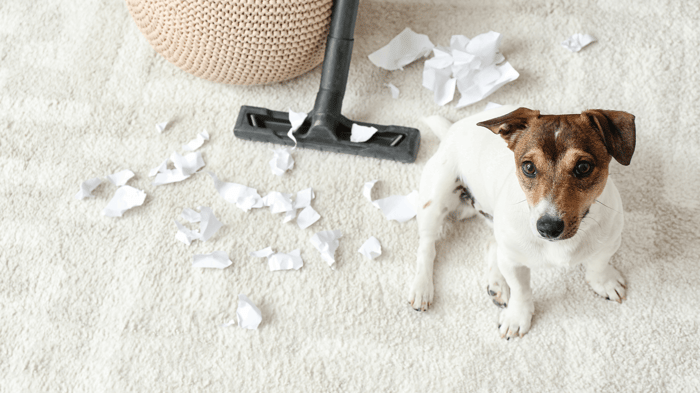
Sometimes the problem isn’t your dog. It’s the layout of your living room.
Toy breeds don’t just react to what you do—they react to where they live. A chaotic home, no defined boundaries, nonstop noise, and too much physical contact can make your dog feel like they’re constantly under siege. And when you're that small, stress hits fast and hard.
Sometimes the best support comes from simple changes—like adding a gate, rearranging a room, or creating a calmer corner. Tools like a tiny training collar for small dogs can absolutely be part of the solution, but they work best when paired with an environment that sets your dog up to feel safe, not overstimulated.
Try this:
- Create zones: Use baby gates or furniture to section off low-traffic areas where little Fido can retreat.
- Add texture and elevation: Soft mats, cozy beds, and raised perches (like a dog-safe ottoman) give your pup choice. And choice creates calm.
- Reduce stimulation: Turn down background noise, dim lights, and limit how often your dog is passed from lap to lap.
And don’t skip daily decompression—quiet time with zero expectations. No commands. No petting. Just rest. Even a 20-minute break can reset a fried nervous system.
In a calmer environment, behavior starts to self-correct. Not by force—but by design.
When to Ask for Help: You’re Not Failing—You’re Learning
Sometimes love needs backup.
If your dog’s behavior is getting worse—not better—it’s okay to call in a pro. In fact, it’s one of the most loving things you can do.
Look for these red flags:
- Aggression is escalating—growls turning into snaps, or snaps into bites.
- Self-harming behaviors—licking paws raw, chewing their own tail, or pacing for hours.
- Obsessive routines—circling the same spot, guarding shadows, or barking at “nothing” nonstop.
These aren’t training problems. They’re nervous system problems. And a certified trainer or canine behaviorist—especially one experienced with toy breeds—can guide you through the deeper layers.
You’re not giving up. You’re just refusing to guess anymore.
Because being proactive doesn’t mean you failed. It means you care enough to get it right. And the earlier you reach out, the easier it is to turn things around—with less stress, fewer scars, and a much happier little pup.
Real Progress Looks Boring: Resetting Expectations
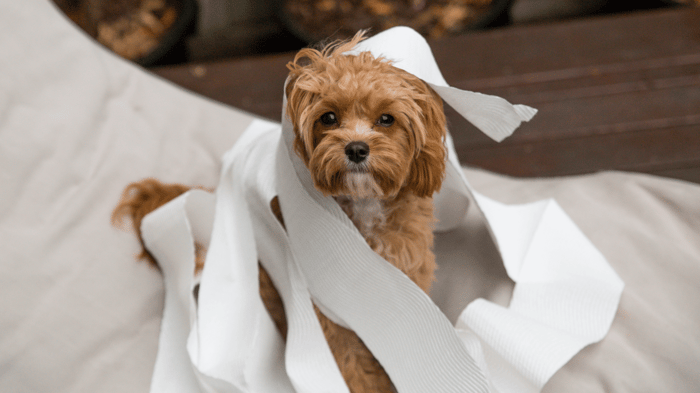
Progress doesn’t always bark, spin, or show off.
Sometimes it’s that split-second pause before your dog reacts. The soft greeting at the door instead of a tackle. The quiet nap while the neighbor’s puppy walks by. These tiny wins? They matter.
Don’t let flashy “before and after” videos fool you. Real change is slow, subtle, and often invisible to anyone but you.
It’s not about fancy gear—it’s about the repetition, the patience, and the quiet moments no one sees. Even the best tiny training collar for small dogs is most effective when paired with consistency, empathy, and trust. Tools can help—but it’s your steady presence that makes the difference.
Start celebrating:
- A calm blink instead of a growl
- A tail wag when the harness comes out
- One minute of silence where there used to be chaos
Each one is a deposit into your dog’s emotional bank account. And with enough deposits, trust builds. That’s what changes behavior—not punishment. Not pressure. Just trust, over time.
The Bond Gets Better
The tiniest dogs often carry the heaviest fears. But when they feel safe, they soften. They stop barking just to be heard. They stop guarding because they trust you’ve got their back.
You don’t need all the answers. You just need to keep showing up. Curious. Calm. Consistent.
Every eye contact you hold, every meltdown you don’t punish, every quiet “good girl” whispered in the right moment—it all adds up.
The goal isn’t control. The goal is trust.
And when trust takes root, the bond doesn’t just get better. It becomes unbreakable. One quiet win at a time.
Let others chase quick fixes. You’re building something deeper—something that lasts longer than any command or cue. It’s the kind of bond that doesn’t just train behavior—it transforms it. And it all starts now.

